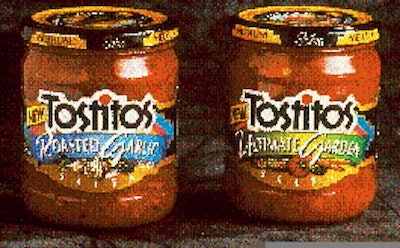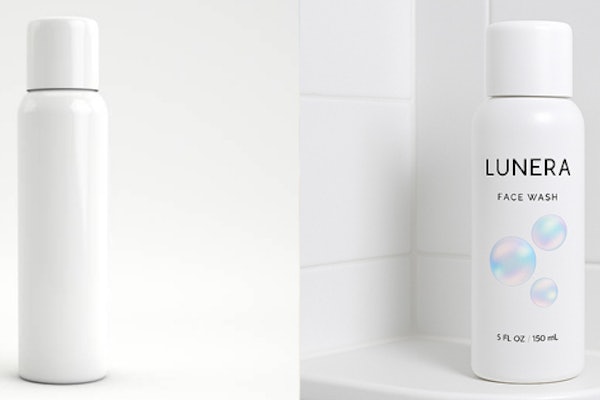Having barely survived the nutrition labeling revolution with its nerves intact, the food industry is being asked to take its product labels back to the design board for another retooling. Just the publication of a Food and Drug Administration (FDA) guidance document on refrigeration information on labels has sent tremors through the industry. In a March 17, 1997, letter to acting FDA director Michael Friedman, John R. Cady, president of the National Food Processors Assn. (NFPA), lambasted the guidance. "We believe it is necessary to make clear our deep concern with both the substance of the guidance document and the procedure by which it was developed." He noted that the FDA guidance departs from guidelines developed by his group, by the Assn. of Food and Drug Officials and by the National Advisory Committee on Microbiological Criteria for Foods. FDA's departure from these guides, Cady argued, is based on "insufficient justification, unsupported assumptions, and inadequate factual support." Cady's fulminations stem from the FDA's desire to get companies to use refrigeration label language that distinguishes between the danger to safety and health, and the danger to the quality and taste of the food. The agency suggests dividing food packages into three categories, each with its own suggested label. The three label options are: 1."Important: Must be kept refrigerated to maintain safety," 2."Important: Must be refrigerated after opening to maintain safety," and 3."Refrigerate for quality." Enforcement? At this point, all the FDA has published is "guidance." So there is a very real question about whether packagers must comply, and what the penalty will be for ignoring the guidance. Geraldine June, an FDA official who helped develop the guidance, says, "We have not decided yet on our enforcement policy. It could be we would go after a product for being misbranded. But that would depend on what the food was, what the label said, and what it didn't say." But FDA enforcement may be the least of the industry's concerns. Cady did not even mention the issue of enforcement in his letter to Friedman. Instead, he worried that the guidance "is all the more disturbing because of the effect it may be expected to have in the development of state laws and regulations." Rob Longendyke, a spokesman for The Pillsbury Co., Minneapolis, MN, says his company backs the NFPA. Pillsbury's main product that would be affected is Poppin' Fresh-brand refrigerated dough. The product currently carries two statements, printed on different parts of the label, which allude to the need for refrigeration: "Keep Dough Refrigerated" and "Poppin' Fresh Brand Dough is Perishable." Not all companies are digging in their heels. Monica Neufang, spokeswoman for Frito-Lay Co., Plano, TX, says the company will shift to the suggested FDA refrigeration statements on the labels of its Tostitos(TM)-brand salsa and cheese sauce products. Most products that need refrigeration carry a notation: "Keep refrigerated" or "Refrigerate after opening." The FDA says those label statements "no longer provide meaningful consumer information because the same label statements appear both on foods needing refrigeration to ensure safety, and on packaged foods that need refrigeration to maintain quality." Spurred by CDC The FDA's suggestion of the three new labels comes in response to a request from the Centers for Disease Control (CDC), which is concerned about botulism outbreaks. The FDA cites two 1994 outbreaks stemming from temperature-abused black bean dip and clam chowder. Geraldine June says she is not sure how many people got sick in those outbreaks, or how bad the illnesses were. The FDA singled out a couple of kinds of packaging in its guidance document. In this category are food packaged in paperboard containers resembling shelf-stable packages (such as previously mentioned clam chowder and black bean dip) and vacuum or modified-atmosphere packaged products in clear flexible packaging. For example, June says leaving vacuum-packed pepperoni slices on the counter in an unopened package for two weeks after bringing them home from the grocery, and then popping a few in one's mouth, could be asking for trouble. The agency is also concerned about low-acid canned foods that are not otherwise preserved. The potential for temperature abuse of these products may be even greater than that for foods that need constant refrigeration. These foods are generally stored in nonrefrigerated sections of stores. And oftentimes their packaging is similar to foods that don't need to be refrigerated. Plano, TX-based Frito-Lay Co. will be among the first to shift to suggested FDA refrigeration statements on the labels of its Tostitos-brand salsa and cheese sauce products.

























